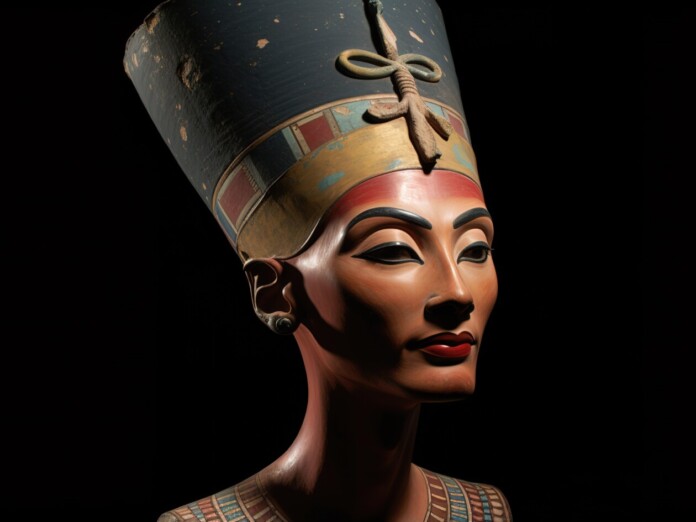Art, a form of human expression, has been a fundamental aspect of human culture for millennia. From the earliest cave paintings to the latest digital creations, art has evolved alongside society, reflecting its values, beliefs, and experiences. This article explores the history of art, tracing its development from prehistoric times to the contemporary era.
Definition of Art
While there is no universally agreed-upon definition of art, it can generally be understood as a form of human creativity that involves the production of objects or experiences that are intended to be aesthetically pleasing, emotionally evocative, or intellectually stimulating. Art can take many forms, including painting, sculpture, architecture, music, literature, film, and performance art.
Importance of Art in Human History
Art has played a crucial role in human history, serving a variety of functions. It has been used to express religious beliefs, record historical events, and convey social and political messages. Art has also been a source of pleasure, beauty, and inspiration.
Prehistoric Art
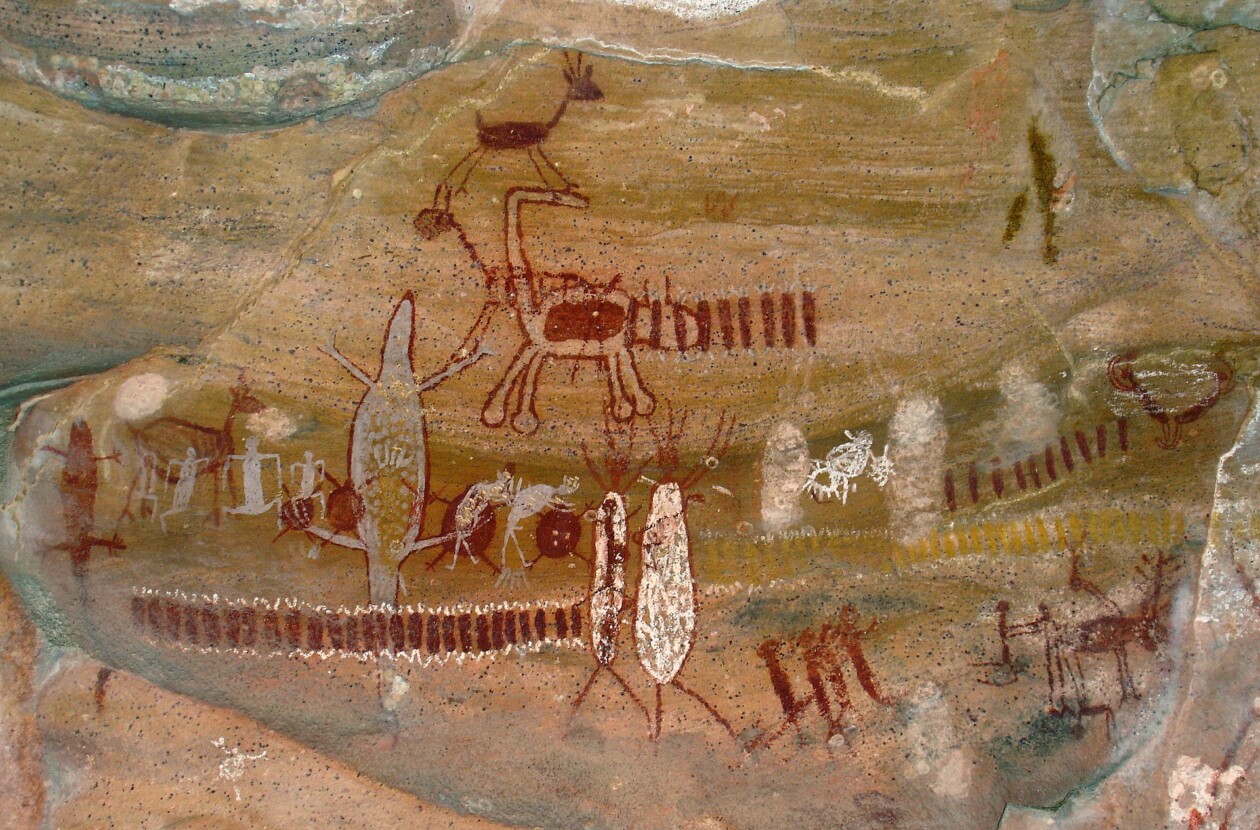
The earliest known examples of art date back to the Paleolithic era. Cave paintings, such as those found at Lascaux and Altamira in France, depict animals, humans, and abstract symbols. These paintings provide valuable insights into the lives and beliefs of our ancestors.
Petroglyphs, or rock carvings, and megalithic structures, such as Stonehenge in England, are other examples of prehistoric art. These works demonstrate the artistic and engineering skills of early civilizations.
Ancient Art
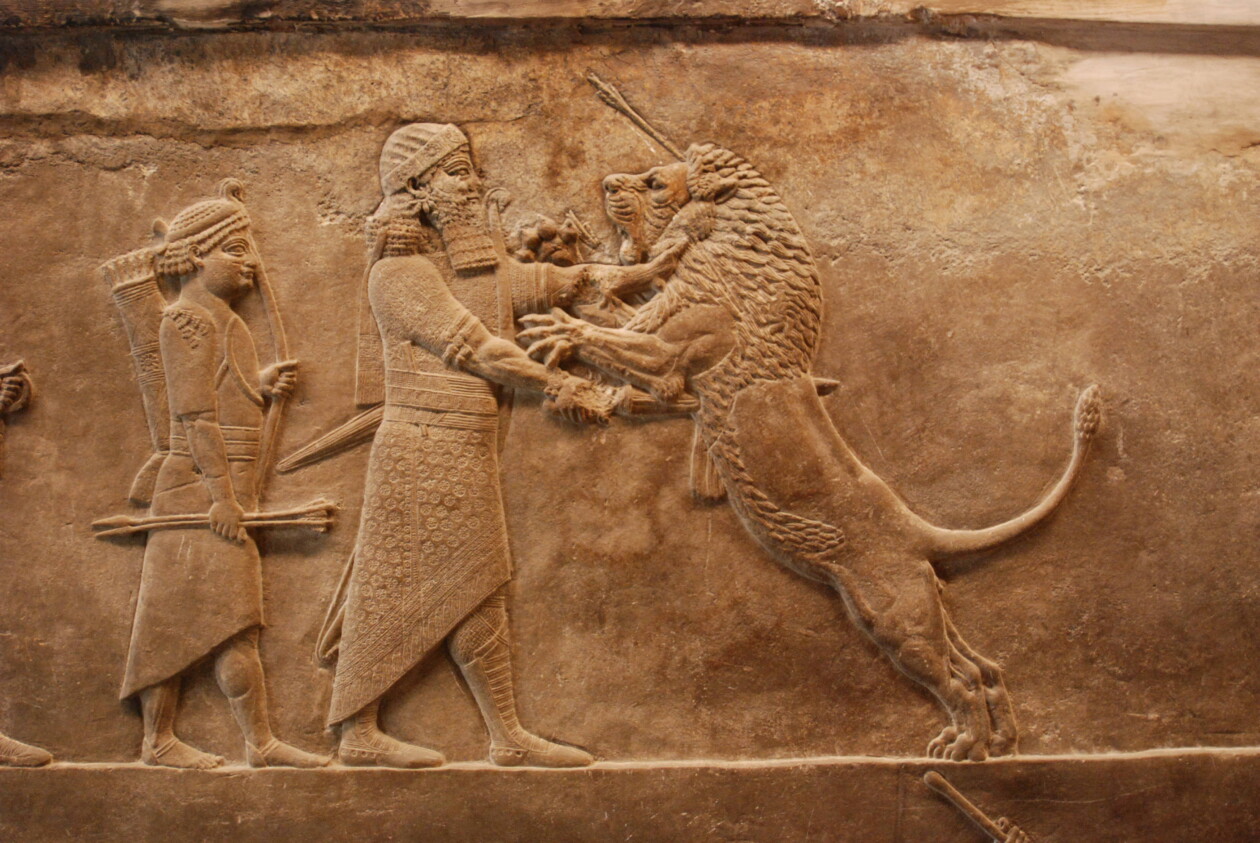
Ancient civilizations produced a rich and diverse array of art. Egyptian art is characterized by its stylized figures, hieratic writing, and monumental architecture, exemplified by the pyramids and the Sphinx. Mesopotamian art, including sculptures and reliefs, often depicted religious and mythological themes.
The Indus Valley Civilization, located in what is now Pakistan and India, produced intricate seals, pottery, and urban planning. Chinese art, beginning with the Bronze Age, is known for its jade carvings, bronze sculptures, and the Terracotta Army.
Mesoamerican civilizations, such as the Maya, Aztec, and Olmec, created a unique artistic tradition characterized by their pyramid temples, stone sculptures, and colorful murals.
Classical Art
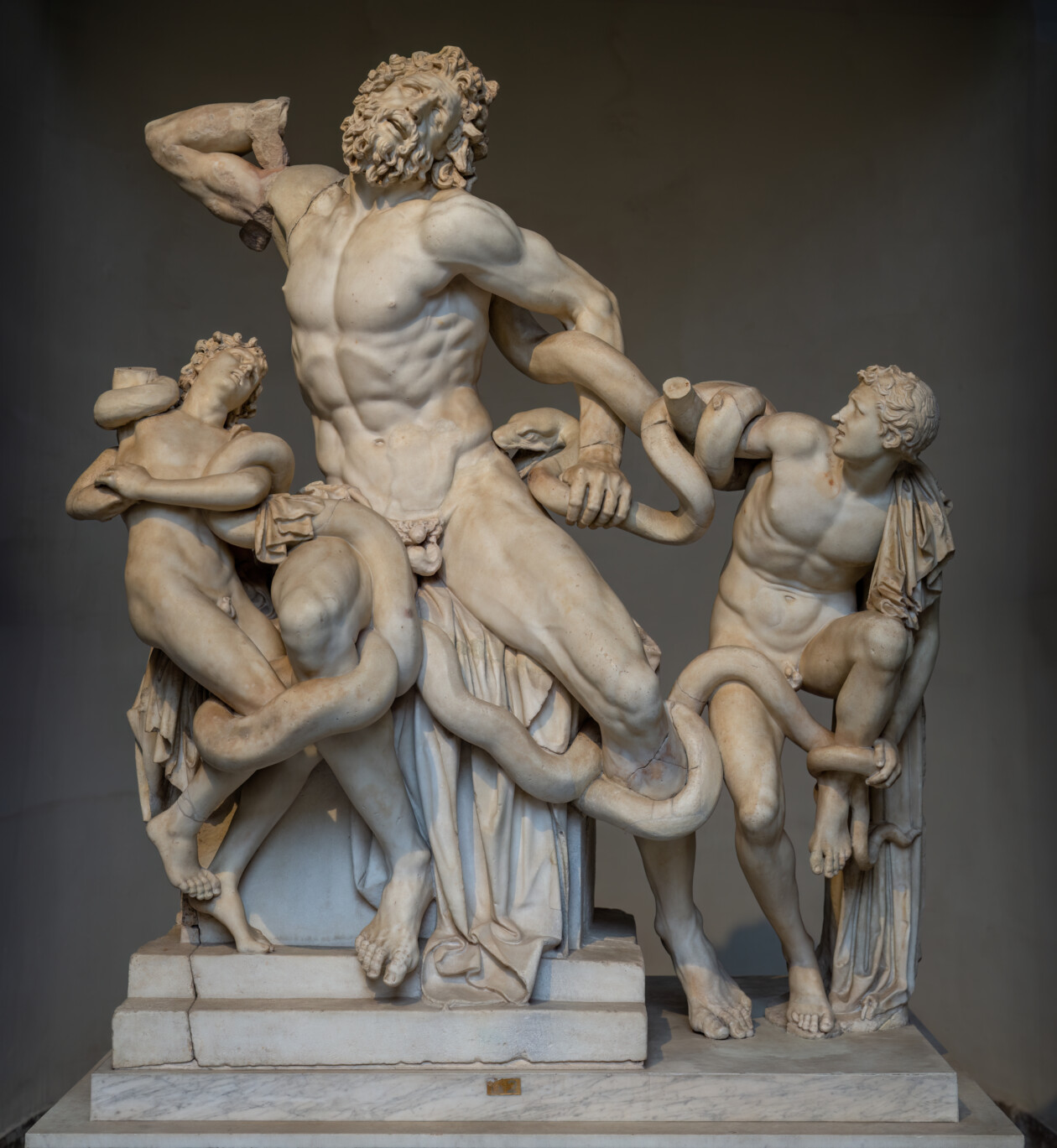
The classical period of Western art, which encompasses ancient Greece and Rome, is renowned for its emphasis on beauty, harmony, and realism. Greek art, including sculpture, pottery, and architecture, is characterized by its idealization of the human form. Roman art, while influenced by Greek styles, developed its own distinctive features, such as mosaics and frescoes.
Medieval Art
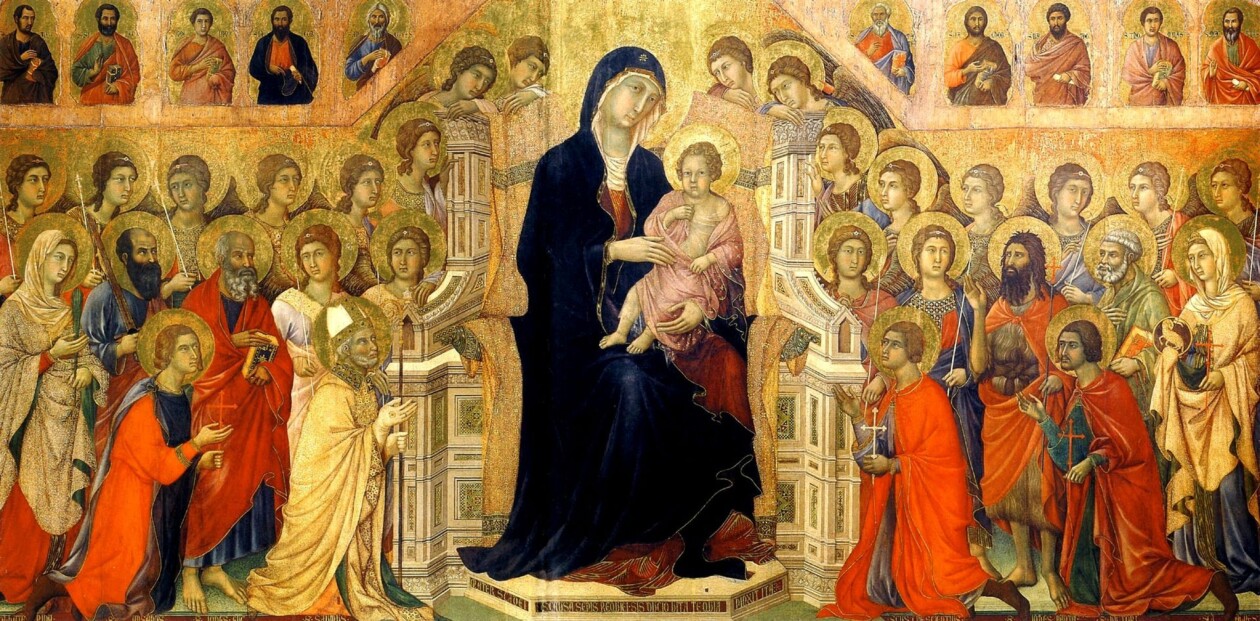
The medieval period, spanning from the fall of the Roman Empire to the Renaissance, witnessed significant artistic developments. Byzantine art, influenced by Greek and Roman traditions, is known for its mosaics, icons, and dome-shaped churches. Islamic art, characterized by its intricate calligraphy, geometric patterns, and ornate architecture, flourished in the Middle East and North Africa.
Gothic art, which emerged in the 12th century, is characterized by its soaring cathedrals, stained glass windows, and intricate stonework.
Renaissance Art
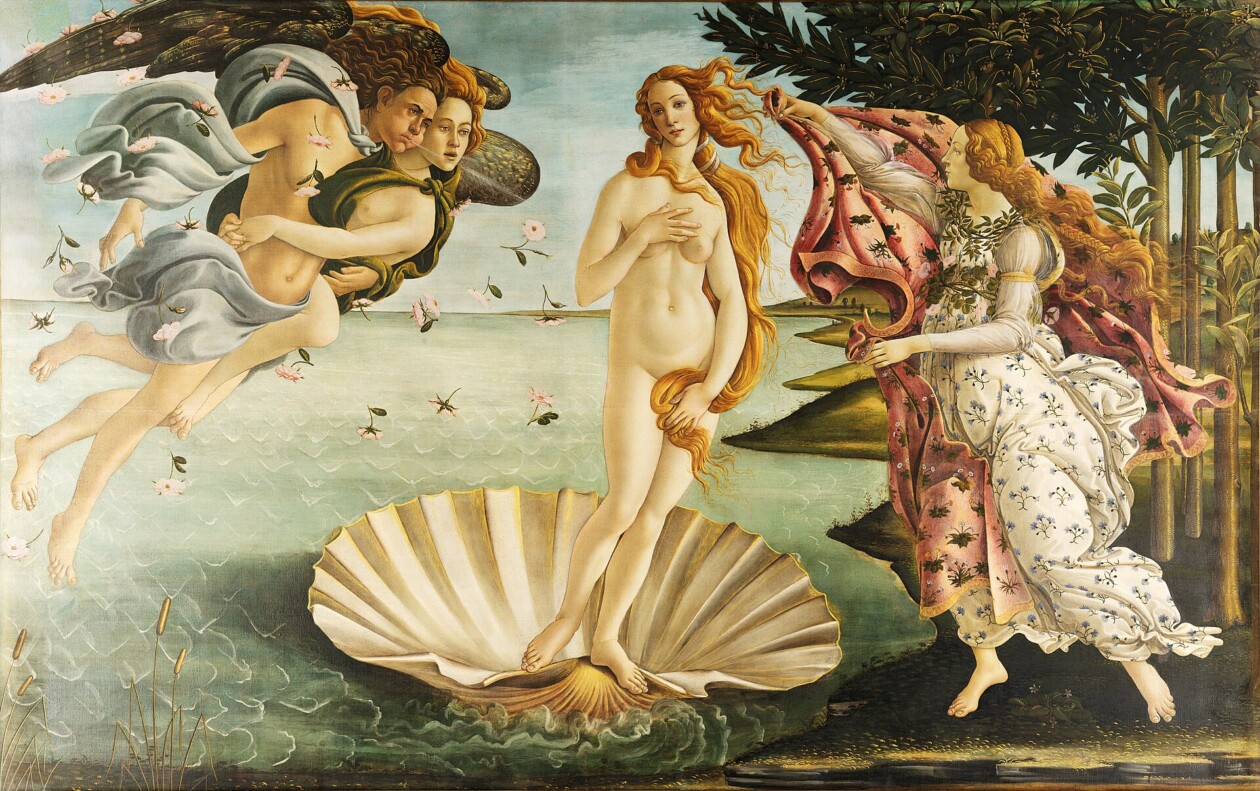
The Renaissance, a period of cultural and artistic rebirth in Europe, marked a major turning point in the history of art. Early Renaissance artists, such as Giotto and Masaccio, began to experiment with perspective and realism. The High Renaissance, characterized by the works of Leonardo da Vinci, Michelangelo, and Raphael, is considered the peak of Renaissance art.
Northern Renaissance artists, including Albrecht Dürer and Jan van Eyck, developed their own distinctive style, often focusing on detailed realism and religious subjects.
Baroque and Rococo Art
The Baroque period, which followed the Renaissance, was characterized by its dramatic, theatrical style. Baroque artists, such as Caravaggio, Rembrandt, and Bernini, used light and shadow, movement, and emotion to create powerful and dynamic works.
The Rococo period, which emerged in the 18th century, was characterized by its playful, lighthearted style. Rococo artists, such as Fragonard and Boucher, often depicted scenes of love, pleasure, and nature.
Neoclassicism and Romanticism
Neoclassicism, a movement that emerged in the late 18th century, was inspired by the art of ancient Greece and Rome. Neoclassical artists, such as David and Ingres, emphasized clarity, simplicity, and rationality.
Romanticism, which emerged in the early 19th century, was a reaction against the rationalism of Neoclassicism. Romantic artists, such as Delacroix, Turner, and Goya, emphasized emotion, imagination, and the power of nature.
19th Century Art
The 19th century witnessed a variety of artistic movements. Realism, which emerged in the mid-19th century, aimed to depict the world in a truthful and objective manner. Realist artists, such as Courbet and Millet, often focused on everyday life and social issues.
Impressionism, which emerged in the late 19th century, was characterized by its emphasis on capturing the fleeting effects of light and color. Impressionist artists, such as Monet, Degas, and Renoir, often painted outdoor scenes en plein air.
Post-Impressionism, a movement that developed in the late 19th century, was a reaction against the emphasis on light and color in Impressionism. Post-Impressionist artists, such as Van Gogh, Gauguin, and Cézanne, explored more expressive and subjective approaches to painting.
Modern Art
The 20th century was a period of radical experimentation and innovation in art. Fauvism, which emerged in the early 20th century, was characterized by its use of bold, non-naturalistic colors. Cubism, developed by Picasso and Braque, challenged traditional notions of perspective and form.
Expressionism, a movement that emerged in the early 20th century, emphasized the artist’s emotional response to the world. Surrealism, which emerged in the 1920s, sought to tap into the unconscious mind through dreamlike imagery and automatic writing.
Abstract Expressionism, a movement that emerged in the 1940s, was characterized by its emphasis on non-representational forms and spontaneous expression.
Contemporary Art
Contemporary art, which encompasses the art of the present day, is incredibly diverse and reflects the changing nature of society and culture. Pop Art, which emerged in the 1950s and 1960s, incorporated imagery from popular culture. Minimalism, which emerged in the 1960s, emphasized simplicity and repetition. Conceptual Art, which emerged in the 1960s, challenged traditional notions of art by focusing on ideas and concepts rather than objects.
Digital art and new media have also become increasingly important in contemporary art, with artists exploring new technologies and forms of expression.
Conclusion: The Evolution of Art
The history of art is a long and complex story, marked by periods of innovation, experimentation, and change. From the earliest cave paintings to the latest digital creations, art has evolved alongside society, reflecting its values, beliefs, and experiences.
The role of art in society today remains as important as ever. Art continues to inspire, challenge, and provoke thought. It serves as a means of expression, communication, and cultural exchange. As we look to the future, it is clear that art will continue to play a vital role in shaping our world.
